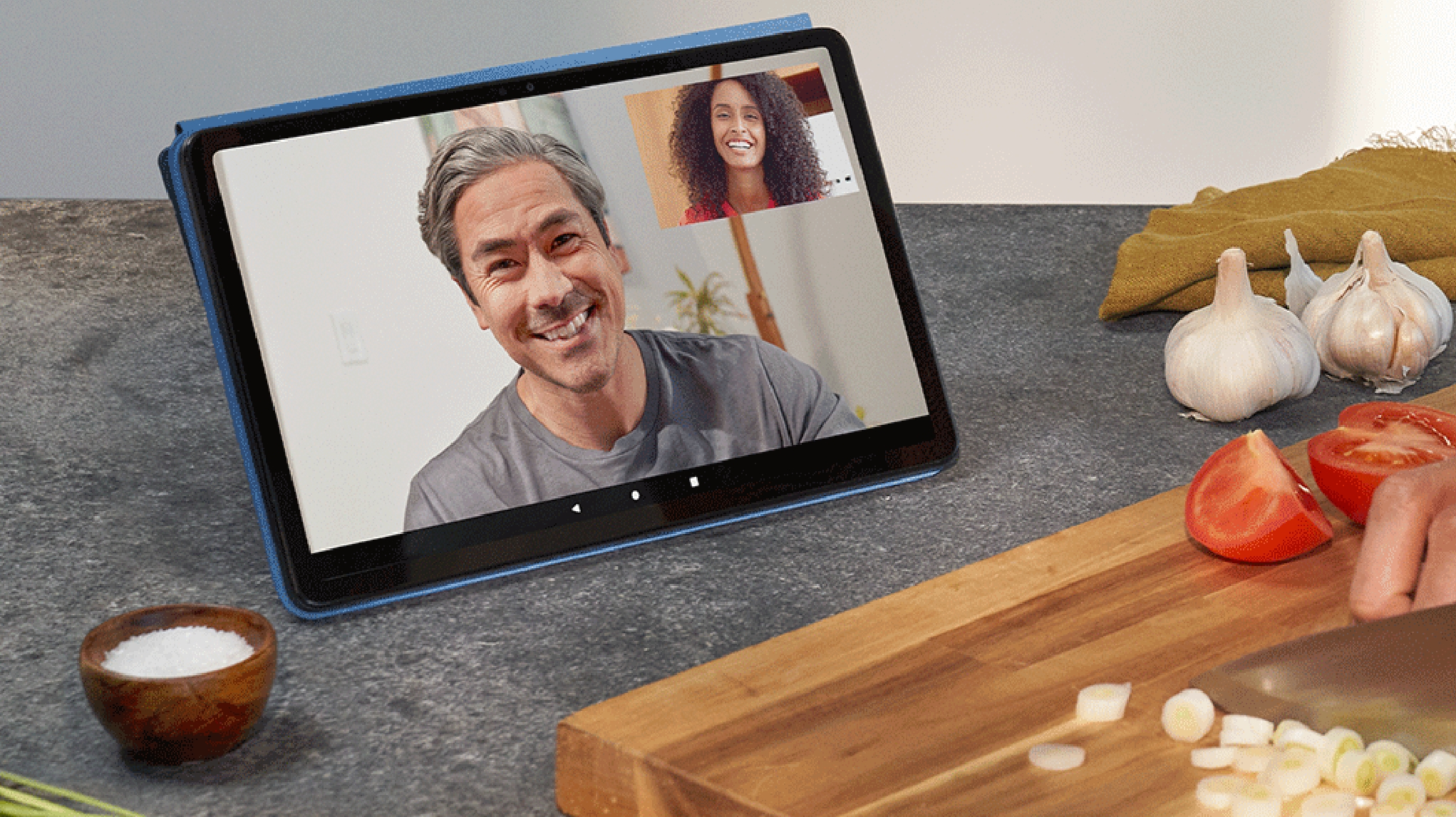
Things were looking promising for Android tablets until the Amazon Fire Max 11 came along, with new tablets like the OnePlus Pad and Pixel Tablet stepping up to compete with the iPad, though the prices for those are still Apple-high. The Fire Max 11, however is a step backwards, and it’s exactly what makes people hate Android on tablets. Now that Amazon is setting its hooks into an above-cheap tier, more people will buy a disappointing tablet, and will blame Android.
Wait a second – the Amazon Fire Max 11 seems fine, you’re saying. It has a bigger display than the Samsung Galaxy Tab A8, and it weighs less. It’s more durable than an iPad 10.9 (2022), according to Amazon. It’s also less expensive, and it comes with Microsoft Office, which you can use with the available keyboard. Oh, and the keyboard and stylus accessories aren’t expensive, especially if you buy them as a bundle.
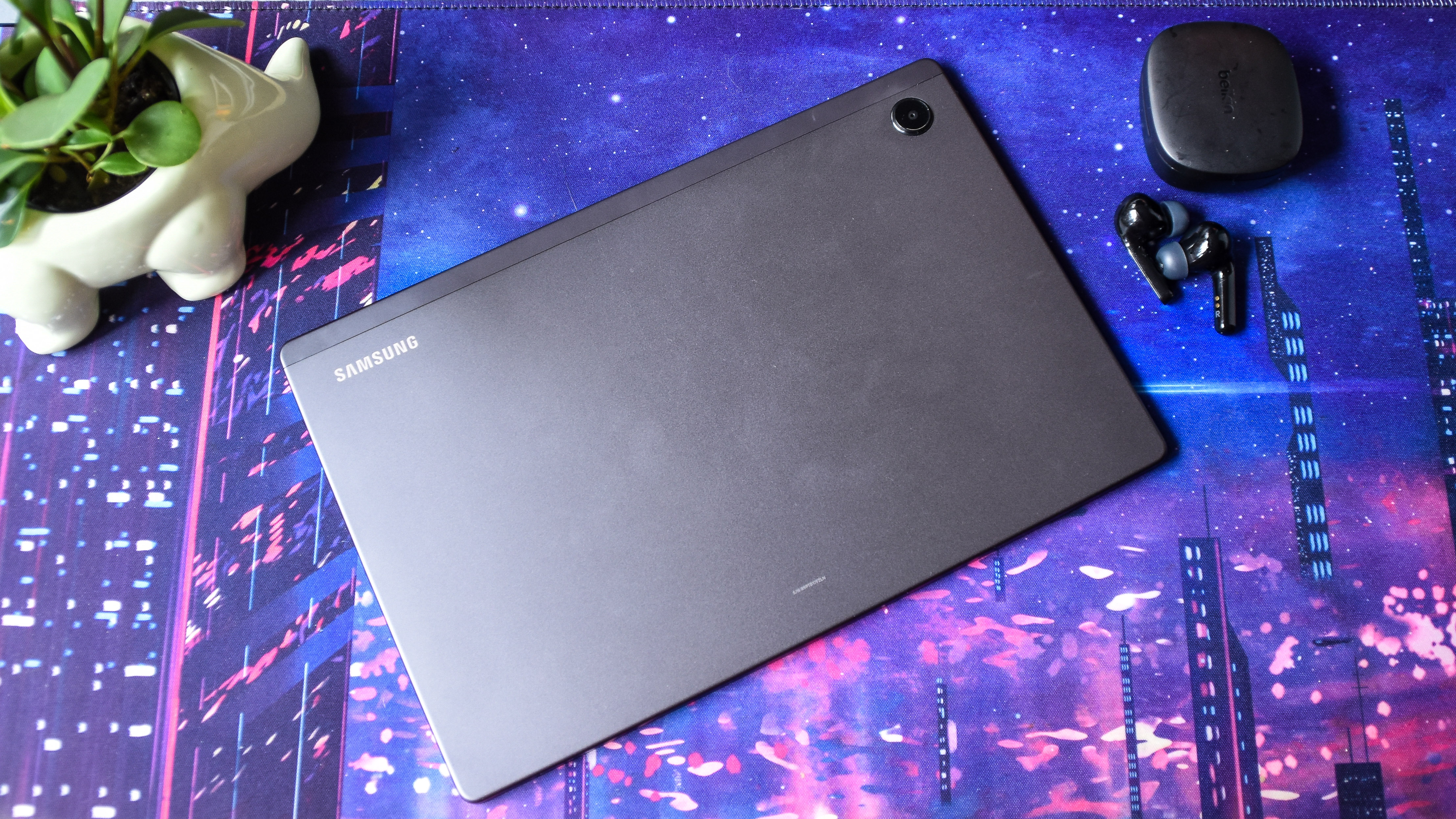
All that sounds great, but don’t buy one. Buy a Samsung Galaxy Tab A8, or reach back and find a Galaxy Tab S6 Lite from 2020. Or, buy any older iPad in the same price range. You’ll be much happier, I promise. An Amazon Fire tablet is acceptable up to a certain point – and that point is when you have to actually pay for it and then use it.
Here’s when you should buy an Amazon Fire tablet: if you got two $50 / £50 / AU$100 Amazon cards from a raffle you won at work. If you need to buy a gift for a nephew in his tweens and his parents aren’t tech savvy. If you’re replacing a tablet and decide to buy two for cheap instead of an expensive one.
Here’s when you shouldn’t buy an Amazon Fire tablet: if you want a good Android tablet that can run your favorite apps, and maybe handle more than simple browsing and streaming. If you want a tablet that will last you for a few years, running the latest software.
The Amazon Fire tablets are an Amazon billboard
No tablets are more focused on parting you from your money
What’s wrong with the Fire Max 11? It starts when you turn it on, or rather, just before that. Amazon offers a discount if you let them show ads on your tablet’s lock screen. It’s frankly a cynical and invasive way to reap endless benefits from your customers. You save a few bucks, only a few. Amazon gets a billboard in your home forever.
How much do you save by letting Amazon bombard you with ads for the life of the tablet? A whole $15 in the US. In the UK, Amazon says the version without ads is not available. Australian pricing is unclear.
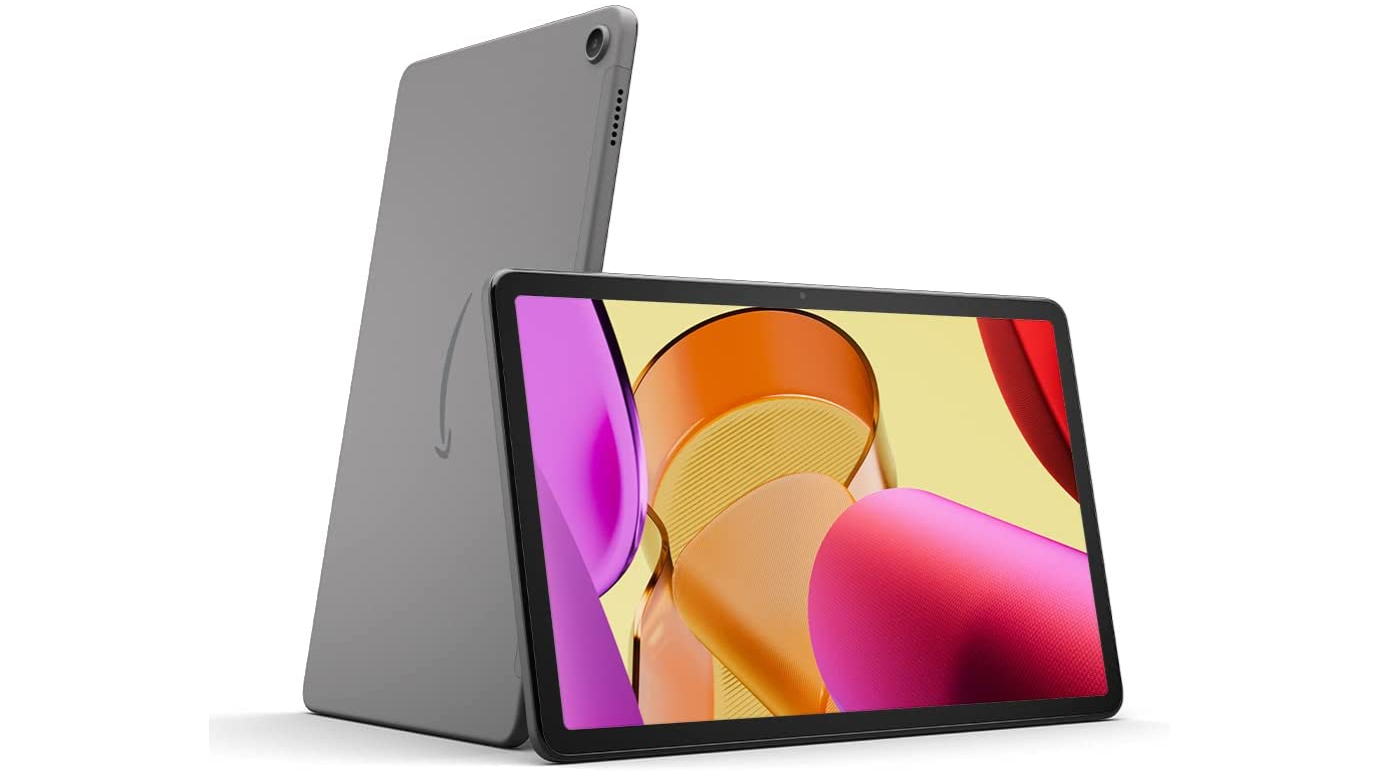
Let’s be frank: Amazon could almost give away the tablet if it could rely on you reading the ads the way you read ads in a magazine. The Amazon Fire Max 11 is like the copy of Time or Field & Stream that you steal from your dentist. That’s its value, to Amazon.
It isn’t just ads on the lockscreen. No tablets are more focused on parting you from your money. When you use Amazon Fire tablets with Amazon apps, you’re inevitably pitched to buy Amazon Prime with Prime Video, Amazon Music Unlimited, Amazon Kids Plus, among myriad apps and services.
There will be bloatware, and most of it will ask you for money. Pay-to-play games. Subscription video channels. Unlike the iPad, which gets out of your way, the Amazon tablet makes you feel like your only way out is through the gift shop.
Amazon tablets exist to sell you Amazon stuff
Other tablets aren’t like this. I criticize Samsung for its intrusive ads, but Samsung could learn new methods of marketing torture from Amazon. Samsung sends you occasional ads for Samsung stuff, but it isn’t constantly hectoring you to pay monthly subscription fees for myriad services. Amazon won’t be happy until it is sucking your bank account dry on a regular, monthly basis.
You can buy the inexpensive keyboard cover for the Fire Max 11, and while I’ve never had a great experience with cheap keyboards, I’ll reserve judgment until I’ve tried it. Whether or not you feel productive, Amazon will try to sign you up for Microsoft 365. You get three months for free, then it renews automatically for a monthly fee.
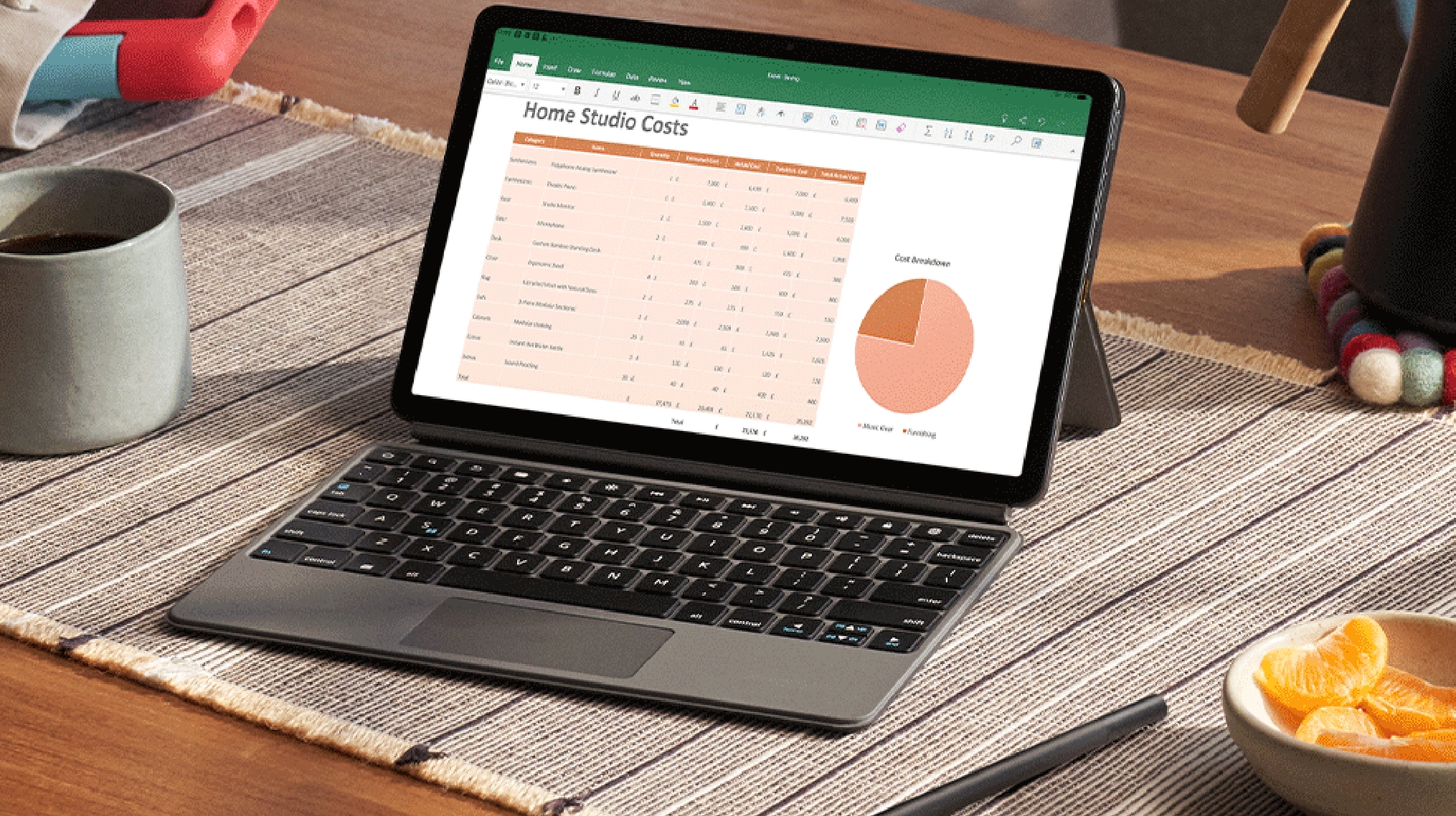
Are we sensing a pattern? Lots of tablets and mobile devices come with free trial services. Many last more than three months, and usually they aren’t mentioned as part of the value of the tablet. Amazon puts the litany of leeching bloatware options front and center.
Some of it isn’t terrible. I subscribe to Amazon Prime, and I use Prime Video often. For a while, it was part of my cell phone provider’s plan, but now I pay monthly. Amazon Prime is worthwhile for what I save on shipping fees when shopping on Amazon.
Some of the services are not at all worth the cost, though, and I fear that buyers may be fooled. The Amazon Kids Plus service, for instance, is not worth the monthly fee unless you suddenly discover a child and have absolutely zero content on hand. It’s like a bad school library – it lacks most of the titles you’d want and expect, and there are huge gaps in the collection. Oh, except unlike a bad library, Amazon actually charges you money for this lackluster service.
The Fire Max 11 would be underpowered in 2020
I haven’t spent time with the Fire Max 11 tablet yet, but I can already surmise that 4GB of RAM is not enough memory for many of the features Amazon is bragging about. You won’t have fun playing games on this tablet, not the latest multiplayer games like Fortnite. I’ve used other underpowered Amazon tablets in the past, and the difference between even a single 1GB of RAM is noticeable at this low level.
The Samsung competitors I mention use the same RAM or less but, guess what? Those tablets are two and three years old. Is Amazon really releasing a new tablet in 2023 that can barely compete on price or performance against Samsung’s three-year-old Galaxy Tab S6 Lite? It’s not as if the Samsung was inspiring, so why should we care about the Amazon Fire Max 11? Because it’s Amazon, that’s all.
No OS updates for you!
That’s actually a great reason to avoid this tablet. Amazon tablets are effectively Android without Google. You won’t find Google apps or services on the Fire Max 11. You’ll need to get all of your apps from the strange Amazon App Market, which relies on developers to opt in to Amazon’s storefront. That means you’ll be missing apps you expect to find.
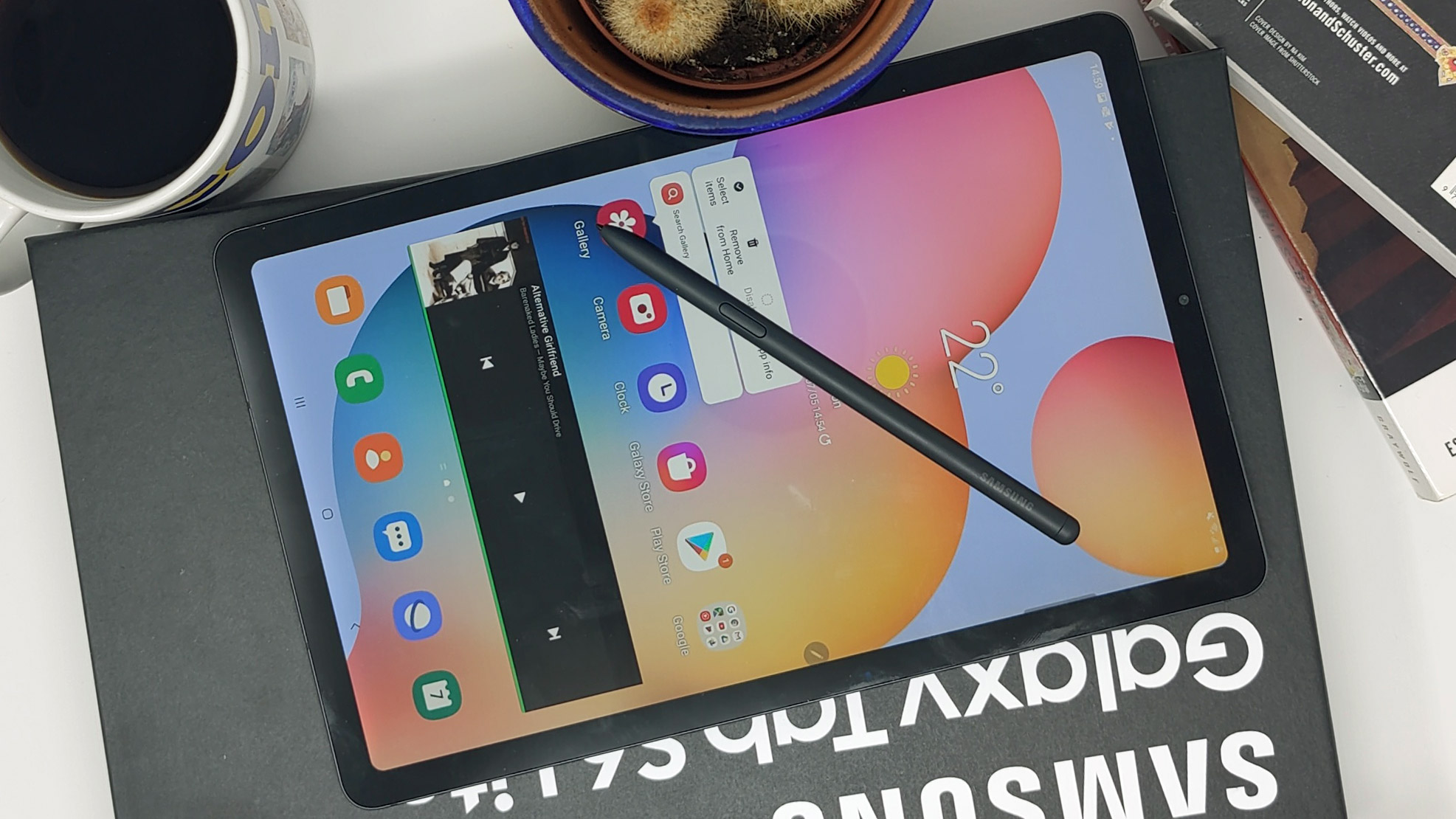
Also, it’s unclear if app developers will keep updating and developing for Amazon’s tablets, because it’s unclear if Amazon itself will keep updating and developing for its own tablets. Amazon promises four years of security updates for the Fire Max 11. No numbered OS updates. No upgrades. Nothing. That’s all, folks.
That’s frankly unbelievable. Samsung has upgraded those Android 11 tablets to Android 13 this year. Amazon has no plans along those lines. When Amazon sells a $100 tablet it might get away with skipping the big upgrades, as long as the tablet remains secure. Now that Amazon is competing against real Android manufacturers, it needs to start treating its owners better.







